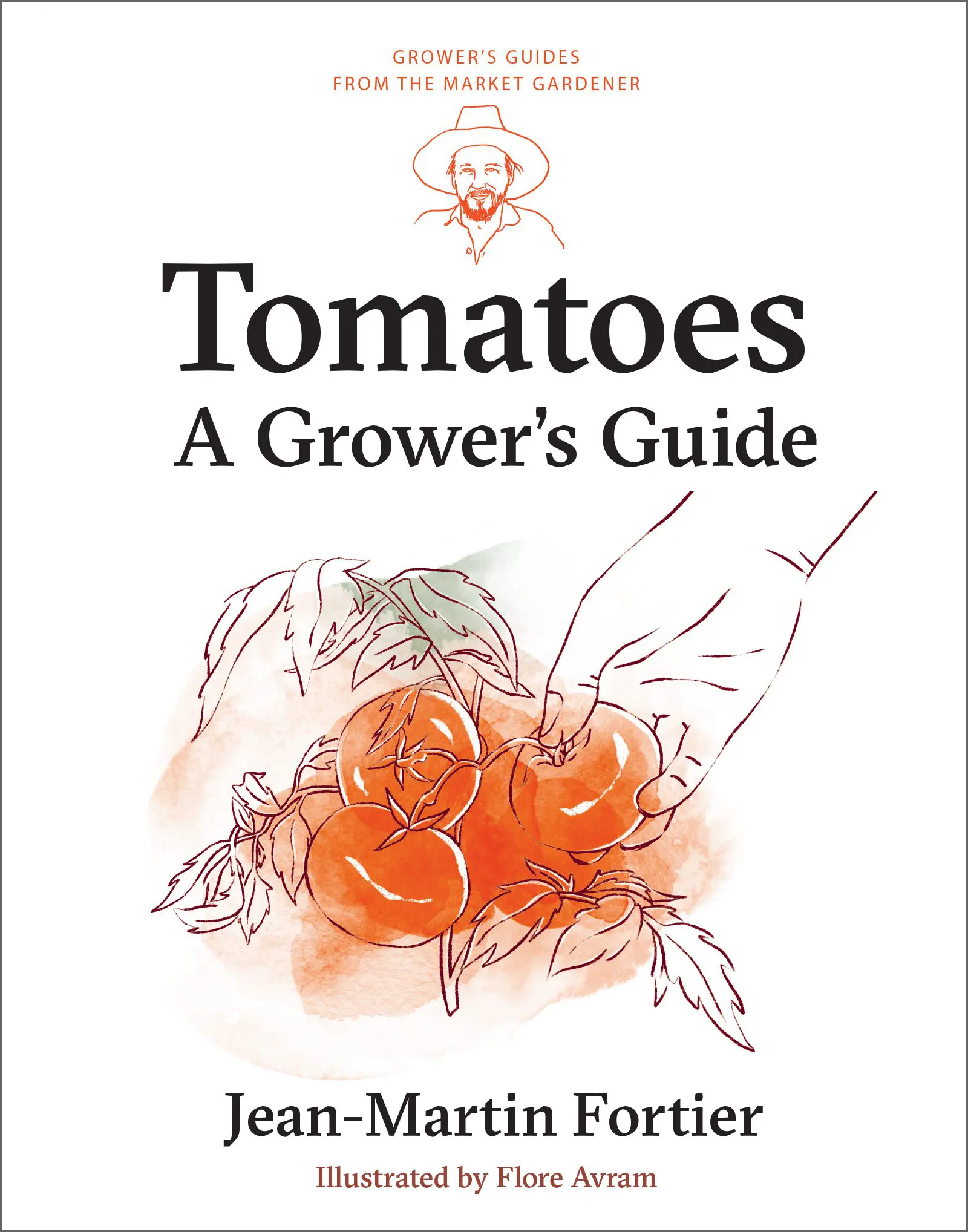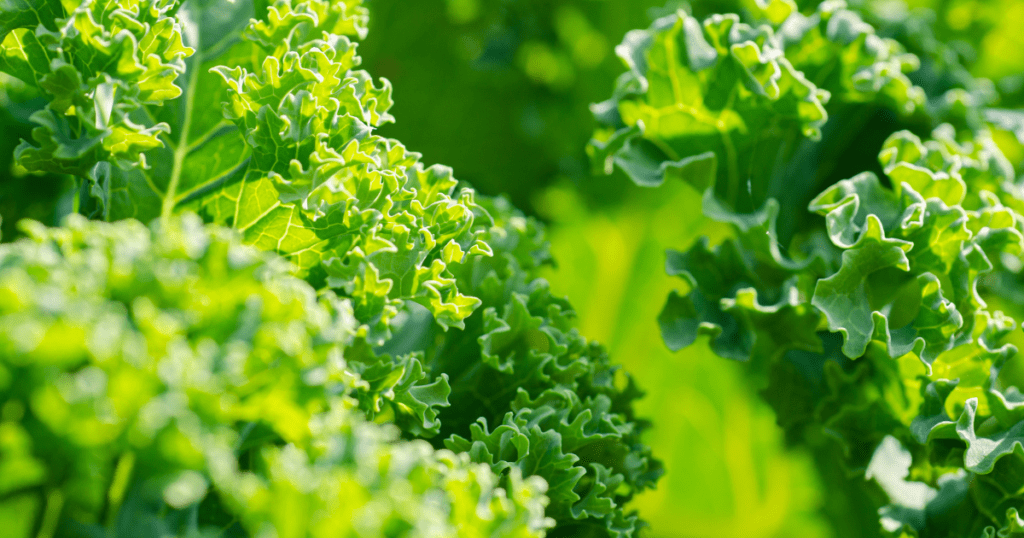
Every gardener has faced that moment—a plant starts looking tired, leaves change color, or fruits don’t form as they should. What’s going on? In Living Soil, part of the Grower’s Guides from The Market Gardener series, Jean-Martin Fortier shows you how to grow richer harvests by building healthier soil.
This excerpt dives into common deficiencies, what they look like, and simple ways to bring your plants back to health to keep your garden thriving.
Excerpt from Understanding Your Soil
Diagnosing Problems
When a problem arises—perhaps a plant is looking tired—you must first decide how serious it is by observing the entire crop to assess its general condition.
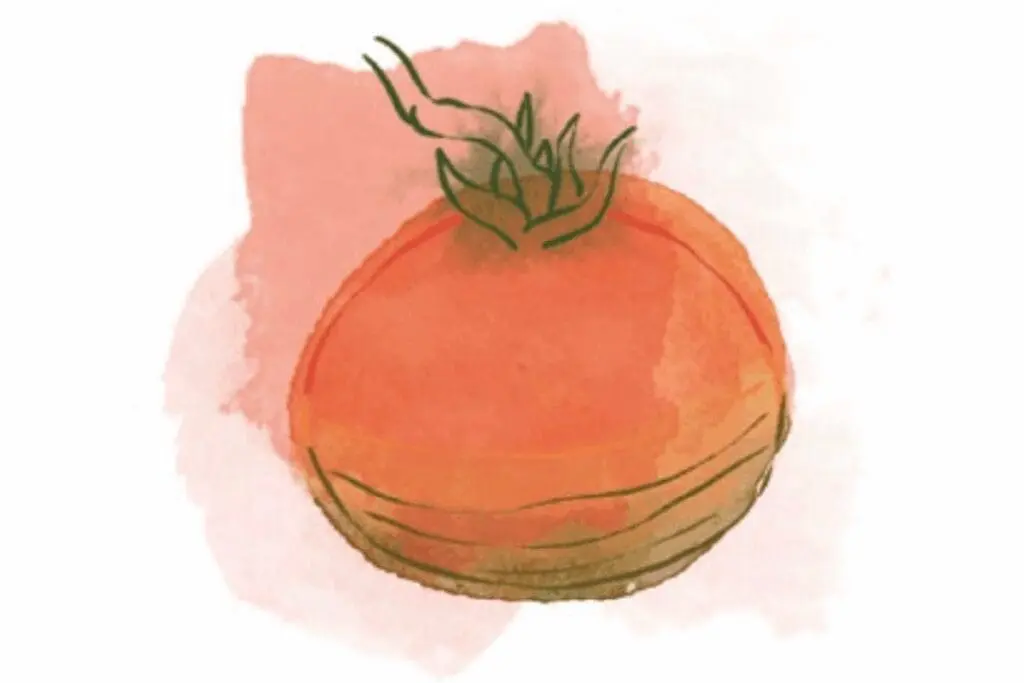
Blossom-end rot can be the result of a calcium or magnesium deficiency.
Fungi, such as botrytis (gray mold), can also damage plants. Botrytis typically arises from too much nitrogen input during fertilization.
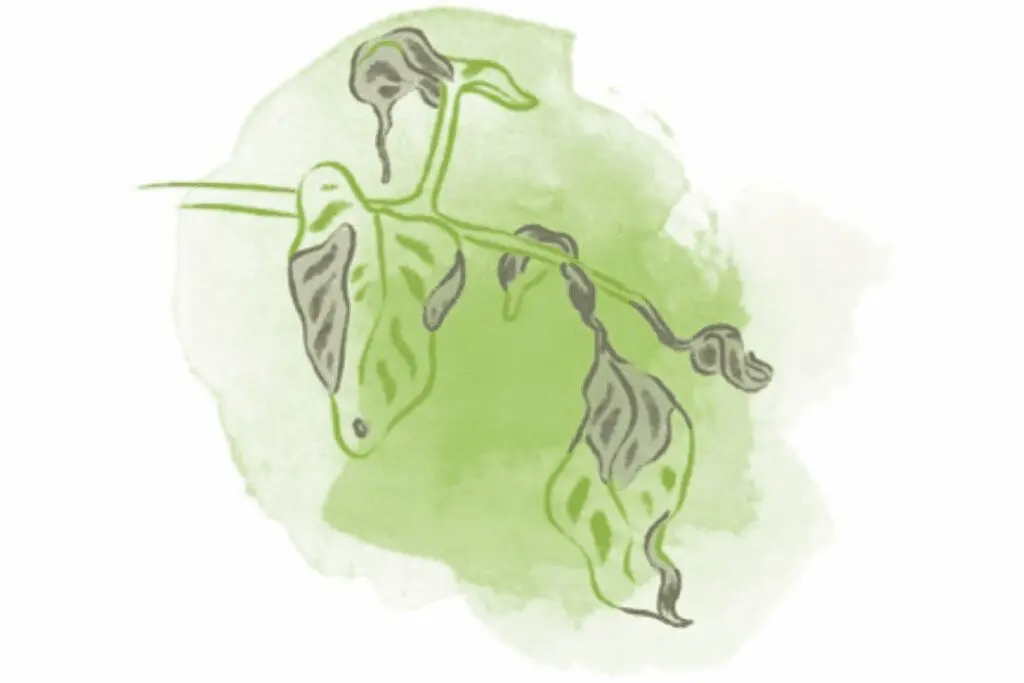
Fungi, such as botrytis (gray mold), can also damage plants. Botrytis typically arises from too much nitrogen input during fertilization.
When assessing the state of a crop, ask yourself the following questions. Is the problem affecting multiple crops, a single crop, or one single variety? Are the symptoms affecting one isolated plant or several random plants in seemingly unrelated locations? Did the problem develop suddenly or gradually?
Identifying Possible Causes
When only one plant is affected, a nutrient deficiency may not be causing the problem. The damage could be due to a parasite or a disease with similar symptoms. To rule out this possibility, carefully inspect the foliage and, if necessary, uproot the plant to look more closely at its roots, leaves, flowers, and the inside of the stem to check for insects, larvae, and diseased plant tissue. After you can rule out damage caused by pests, fungi, viruses, and bacteria, you can consider nutrient deficiencies.
Start by analyzing the area and assessing its soil conditions and see whether events such as frost, lack of sunlight, inadequate crop maintenance, or overfertilizing could have generated these symptoms.
Nutrient Deficiencies
Deficiencies arise when a nutrient is either absent from the soil or it is present but not available to the plant.
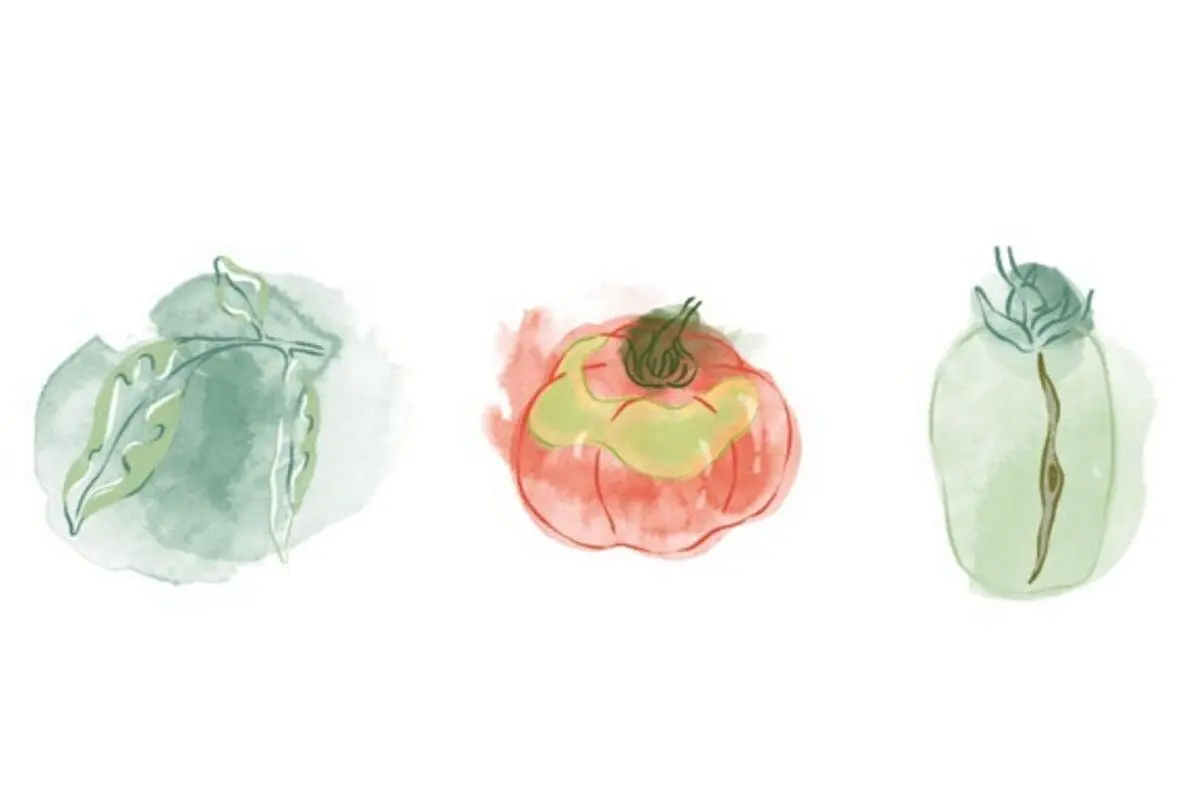
Issues encountered in tomato crops can be attributed to various deficiencies.
Sometimes nutrients are present in the soil but are not absorbed by plants, or the plants are unable to deliver nutrients to the organs that need them. Several factors can cause this, the most common being a pH level that is not suited to the plant, inadequate irrigation, and poor drainage. At the beginning of the season, such deficiencies can also manifest if the soil is too cold. An imbalance in soil elements can also be the cause, though it is less common. Before applying any remedial treatments, you should check whether the above risk factors are causing the nutrient deficiency.
Nitrogen (N) Deficiency

This deficiency tends to occur in light, well-drained soils. To address it, simply keep the soil covered, avoid overwatering, add organic matter, let cover crops grow, and apply correct doses of fertilizers. Regular hoeing also aerates the soil and makes nitrogen available to the plants.
SYMPTOMS:
• Older leaves turn yellow.
• Growth slows down.
• Leaves are smaller.
• Older yellow leaves fall off the plant.
The first symptoms can be reversed with a nitrogen input (manure, compost, etc.). The amendment must be thoroughly incorporated into the soil and should not touch the base of each plant as it could cause fertilizer burn. When exposed to nitrogen levels that are excessive, plants grow too fast and their tissues attract aphids.
Phosphorus (P) Deficiency

With phosphorus deficiencies, the nutrient tends to be present but unavailable. This commonly occurs in the spring when the soil is still cold and saturated. A pH imbalance may also prevent plants from properly assimilating phosphorus.
SYMPTOMS:
• Leaves show a red or purple discoloration.
• Plants appear stunted, stiff.
• Few flowers and fruits.
This nutrient deficiency is uncommon when soils are amended with organic fertilizers because their phosphorus content exceeds plant requirements. It is worth noting that excess phosphorus in the soil can pollute waterways. Mycorrhizae provide invaluable support carrying phosphorus to the plants that need it.
Potassium (K) Deficiency
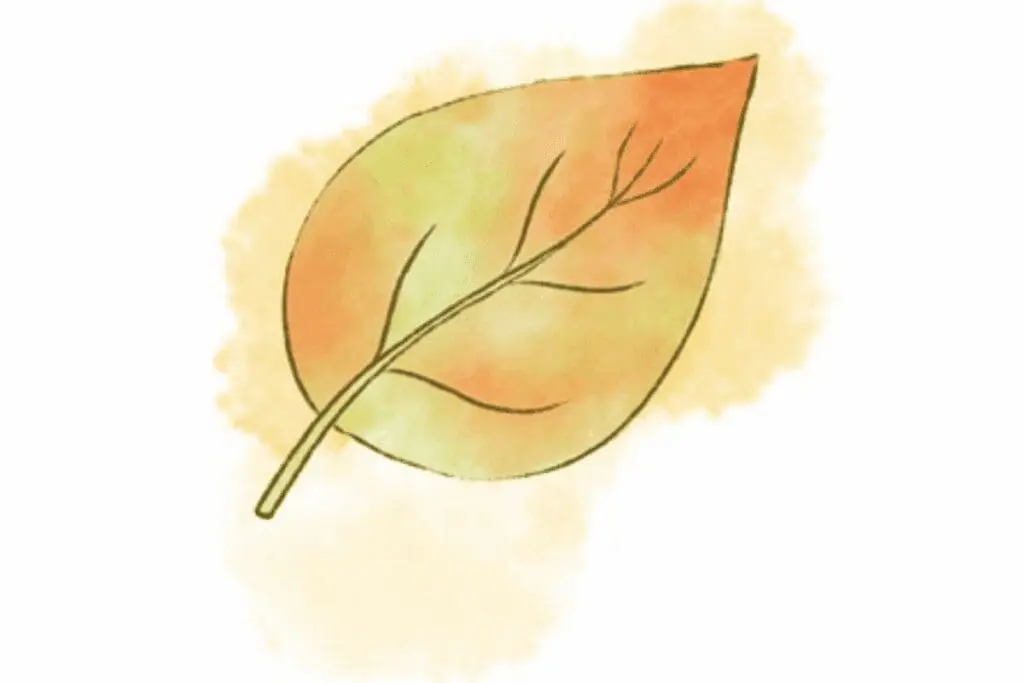
Insufficient potassium generates visible symptoms on the leaves and fruits, which need it to form.
SYMPTOMS:
• Leaves turn yellow, dry out, and curl along the edges.
• Brown spots may appear on the foliage.
• Yellowing between leaf veins (interveinal chlorosis).
To address this deficiency, you can add a potassium-rich organic fertilizer that contains both phosphorus and potassium. Compost is an important and affordable nutrient source to increase the potassium content of a soil. Garden waste (dead leaves or lawn clippings) as well as kitchen scraps (fruit and vegetable peels) naturally provide potassium, as do wood ash and cover crops (clover, alfalfa, vetch).
Calcium (Ca) Deficiency
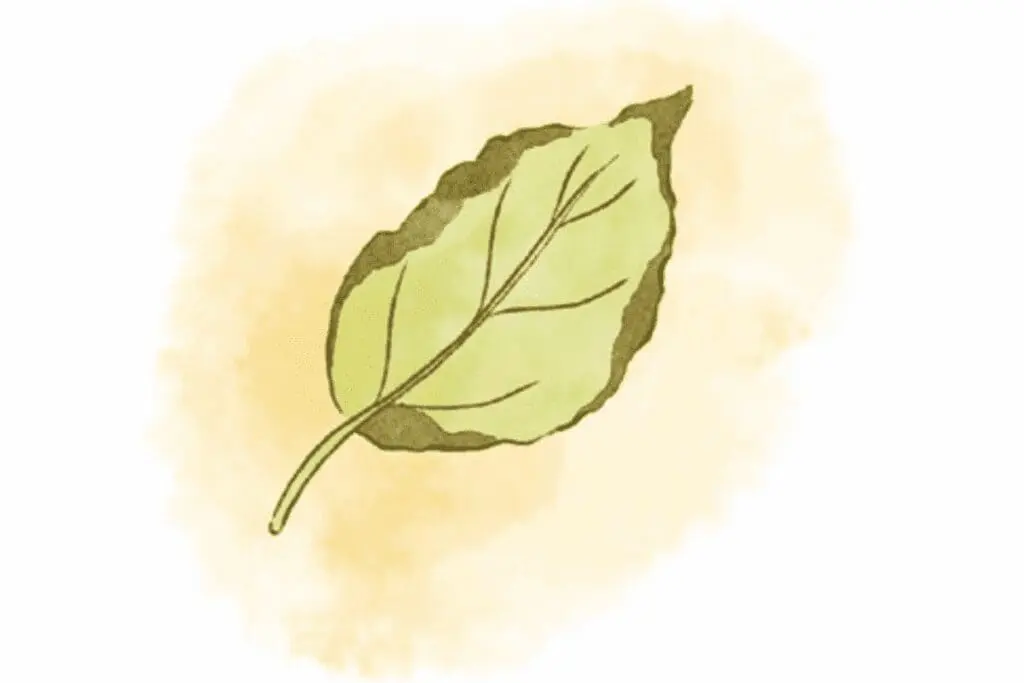
This deficiency is generally caused by improper irrigation or overly rapid growth in periods of high temperatures. It is common in poorly drained or overly dry soils and soils that are acidic or potassium rich.
SYMPTOMS:
• Dying (necrosis) at the tips of leaves (especially cabbage, cauliflower, and celery).
• Necrosis at fruit ends (especially tomatoes and peppers), called blossom-end rot.
Generally there’s no point in adding calcium as soils almost always hold sufficient amounts. Instead try to irrigate consistently and make sure that conditions encourage more steady plant growth. In the most serious cases, treat the leaves with calcium chloride. If needed, you can add calcium by amending the soil with lime, bonemeal, oyster shell flour, or gypsum.]
Magnesium (Mg) Deficiency
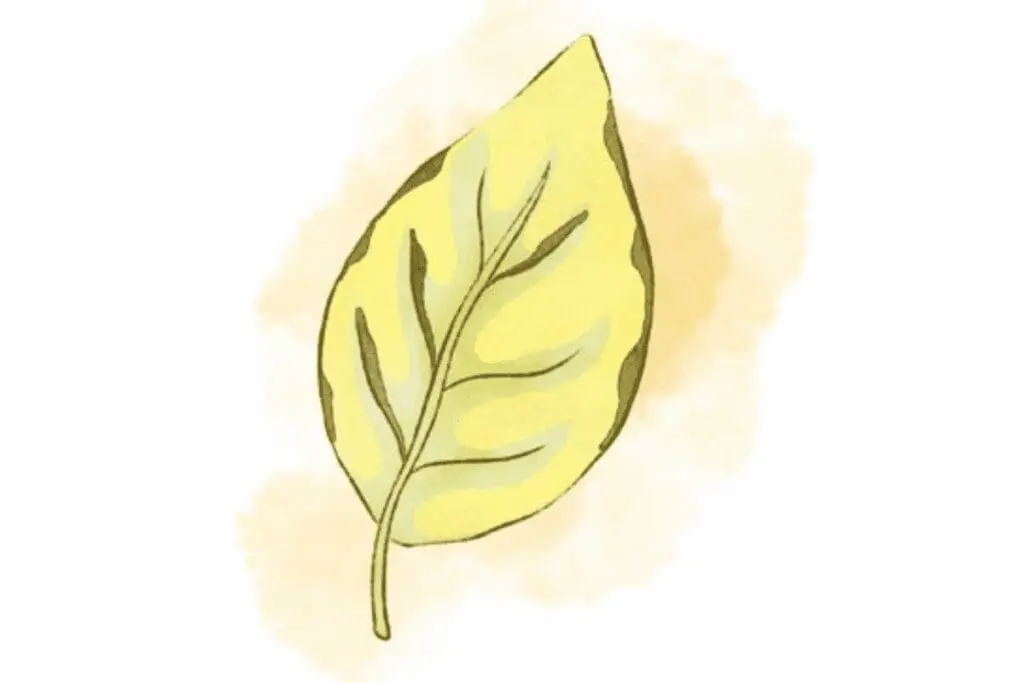
This nutrient deficiency is primarily seen in greenhouse tomatoes. For prevention, we recommend adding magnesium-rich lime. To remediate this deficiency, you can apply a solution of Epsom salt, or magnesium sulfate, to young plants or the soil.
SYMPTOMS (FIRST AFFECT LOWER LEAVES):
• Interveinal chlorosis, or discoloration of tissue between the leaf veins.
• Leaves dry out.
Iron (Fe) Deficiency
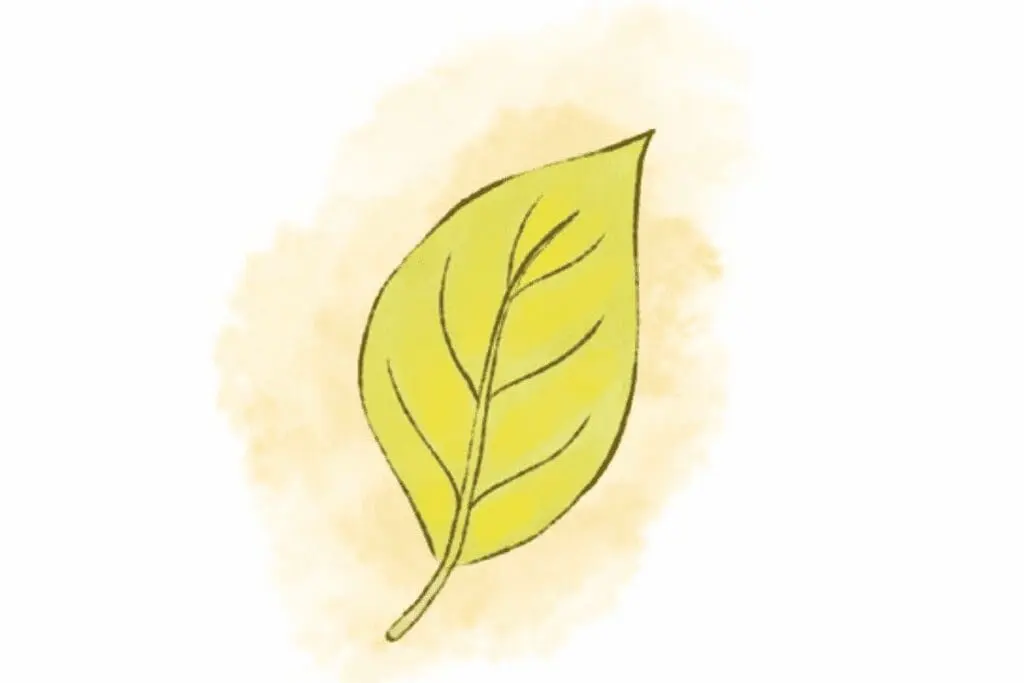
This nutrient deficiency is generally found in young plants grown in nurseries and particularly impacts peppers. Unlike other deficiencies, it can affect multiple plants located far apart from each other.
SYMPTOMS:
• The youngest leaves turn yellow, while veins may remain green in some crops.
It is typically caused by an overly alkaline pH and is seen in soils with low soil organic matter. Seedlings can be treated with an iron sulfate solution.
Boron (B) Deficiency
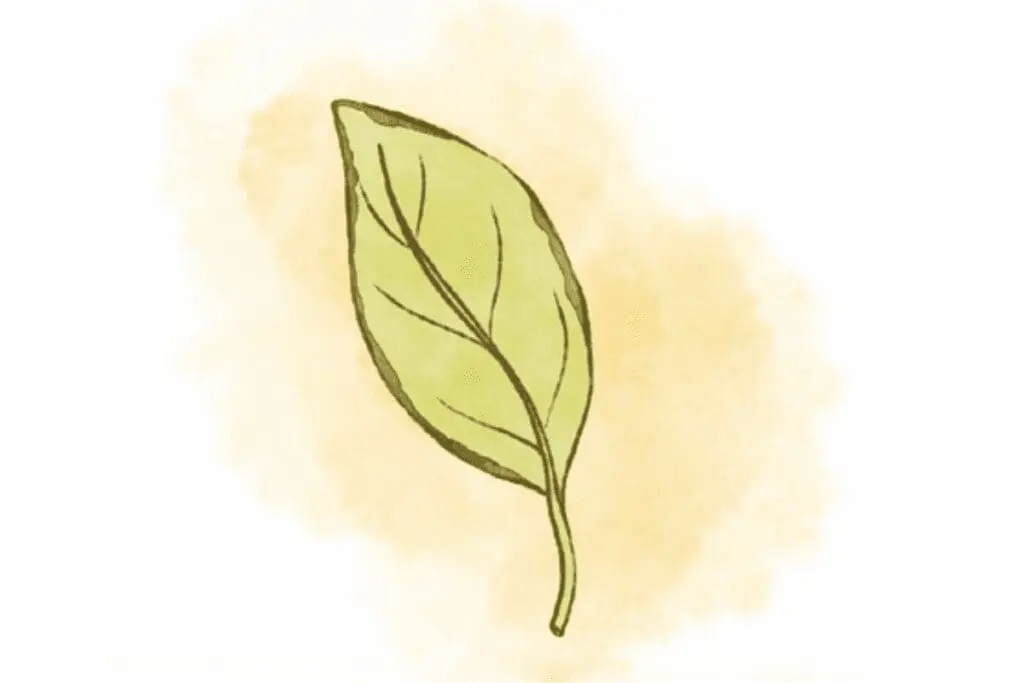
This deficiency primarily affects Brassicaceae (cabbage, cauliflower, broccoli, kohlrabi) and Chenopodiaceae (beets). Since it cannot be treated, preventive action is your best choice if the soil has a low boron content. We recommend applying the following mix once, two weeks before potting up seedlings and again a few weeks later: 20% boron solution, 1 to 2 grams per
liter or quart for an area of 100 ft2. Be careful, however, because excess boron can harm some crops, so we don’t recommend applying full-strength undiluted boron directly to the soil.
SYMPTOMS:
• Mild deficiencies—leaves wilt.
• Severe deficiencies—stems become hollow and the plant’s core may turn black.
Other Nutrient Deficiencies…
Plants also need copper (Cu), zinc (Zn), sulfur (S), manganese (Mn), and molybdenum (Mo) but in very small quantities. Deficiencies of these elements generally indicate they are unavailable for plant uptake, meaning the pH is off. Because these deficiencies have similar symptoms, they can be difficult to identify and tell apart. To remedy this, you can opt for a foliar treatment, but beware! These micronutrients can become toxic when applied in doses that are too high. The safest option is to amend the soil with compost, which largely meets all secondary nutrient needs.




